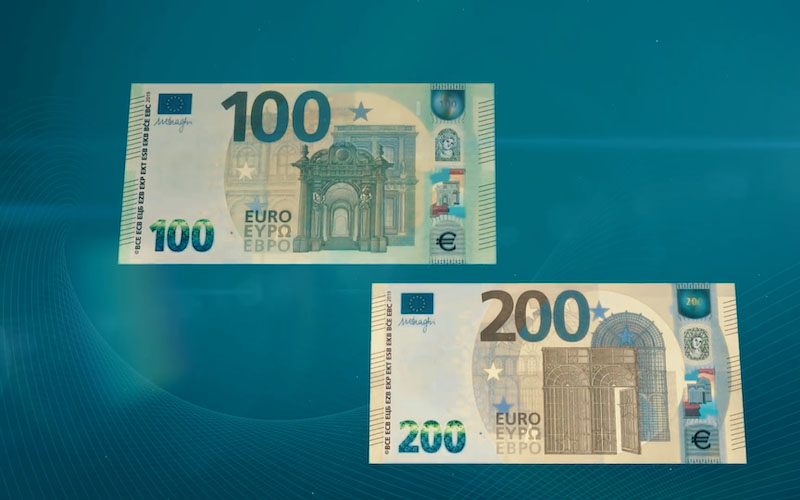The World Gold Council plans to promote digital gold, which may usher in a disruptive change in the gold market.
2025-09-15 20:45:22

This new model is expected to become a new fulcrum for gold prices. Its characteristics and advantages are as follows:
Digital gold activates financial attributes and reshapes the value of gold
Despite record gold prices and a doubling of its market value over the past three years, gold remains categorized as an "illiquid, non-yielding" asset on most institutional balance sheets. Tait believes that digitalization can expand the use of gold for margin calls and collateral purposes, generating returns for holders. "For banks, using the gold on their balance sheets as collateral can yield substantial returns."
These digital units, called Pooled Gold Interests (PGIs), allow banks and investors to buy and sell fractional ownership of physical gold held in segregated accounts. A pilot program is slated to launch in the first quarter of next year at a London commercial institution. The operational framework relies on core participants holding the underlying gold through a trust structure. This is the latest step in the WGC's efforts to digitize the gold market, following the launch of a blockchain-based provenance database for refineries and gold bars in January.
Digital gold and stablecoins have great potential
Despite rising gold prices, the precious metal continues to face competition from cryptocurrencies and stablecoins pegged to traditional assets. Most previous attempts at gold-backed stablecoins have failed, with the current top performers, Tether (US$1.3 billion) and Paxos Gold (US$1 billion), managing only a fraction of the US$400 billion in gold ETFs.
The WGC hopes to achieve a breakthrough through digital gold. As the world's largest physical gold trading center, the London market, backed by HSBC, JPMorgan Chase, and the Bank of England, is primarily over-the-counter (OTC) trading. Currently, there are two types of transactions: designated gold (specific bars) and undesignated gold (only a specified quantity). The WGC proposal will add a third type, PGI, and plans to invite major London banks and traders to serve as joint holders of the underlying gold.
However, market resistance remains: the gold market is dominated by entrenched institutions with conservative risk appetites, and a weak appetite for change. Adrian Ash, head of research at gold trading platform BullionVault, questioned the outlook, stating, "Gold is already the best-performing asset class, and this move feels like a solution to a problem that doesn't exist."
Strong policy support and blockchain technology empower gold traceability
In January this year, the WGC and the London Bullion Market Association (LBMA) jointly launched the "Gold Bar Integrity Initiative" blockchain database. Although the overall promotion progress has been slow, 96% of the refineries on the LBMA's "Good Delivery List" have joined. The core goal is to improve the transparency of gold sources, eradicate non-compliant operations, and ultimately achieve "each gold bar has its own 'pass' and 'birth certificate'."
At the same time, WGC is working with law firms and consulting companies to promote "wholesale digital gold", the core of which is still PGI - it retains the physical security of designated gold and has the flexibility of digital ownership. Investors can hold partial shares of gold bars and transfer them safely.
Mike Oswin, WGC's global head of market structure and innovation, said the move is highly consistent with the UK government's goal of "improving the efficiency and resilience of wholesale markets" in its "Financial Markets Digitalization Strategy," and that London, as a "global trading center that clears 20 million ounces of gold per day," has the conditions to lead model innovation.
The initiative is also supported by a legal framework developed by Linklaters, ensuring transaction transparency, clear beneficial ownership and regulatory compliance, further consolidating London’s position as the world’s leading gold trading centre.
Conclusion: Digital gold is expected to become another fulcrum for gold prices in the future
The WGC plans to pilot PGI (digital fractional interest in physical gold) in London. If successful, it is expected to change the way gold is traded, settled and mortgaged, and bring modern efficiency to this centuries-old asset.
Digital gold is reshaping gold's pricing logic by activating its financial attributes, acting as a stablecoin anchor, and leveraging policy dividends. Its core value lies in transforming gold from a "passive store of value" into an "active financial instrument" and attracting incremental capital through technological innovation. While short-term pilot programs are limited in scale, in the long term, digital gold is expected to form a "dual-wheel drive" alongside physical gold, becoming a new fulcrum for gold price fluctuations.
PGI represents a shared interest in gold held in the segregated accounts of major London institutions. Trading parties can instantly transfer digital units, reducing settlement friction in the OTC market. It also accelerates collateral operations through a trust structure and promotes gold's entry into the repo and lending markets. Ultimately, this activates gold's financial attributes and creates new incremental demand for gold.
- Risk Warning and Disclaimer
- The market involves risk, and trading may not be suitable for all investors. This article is for reference only and does not constitute personal investment advice, nor does it take into account certain users’ specific investment objectives, financial situation, or other needs. Any investment decisions made based on this information are at your own risk.





















